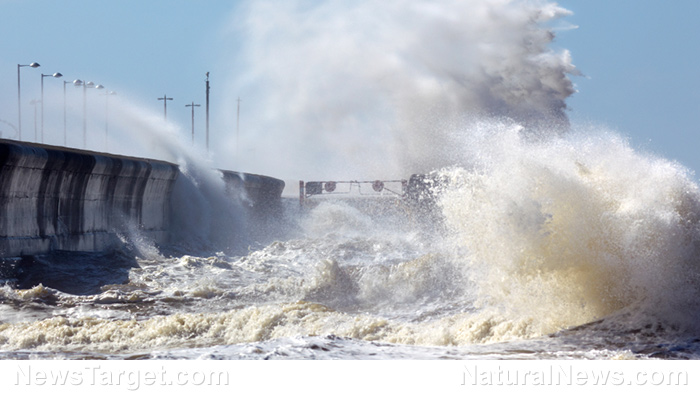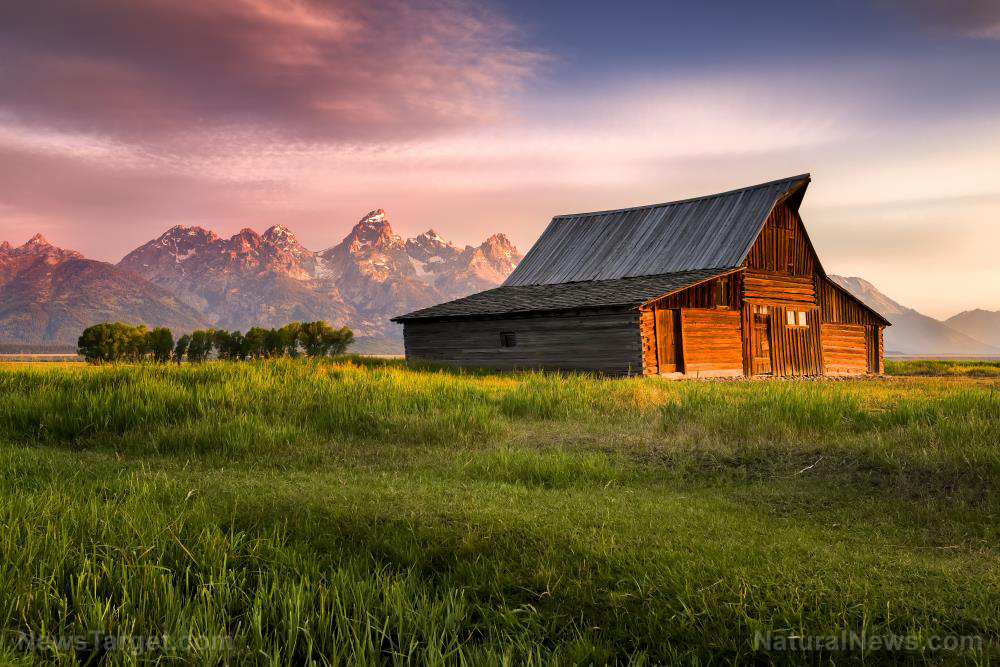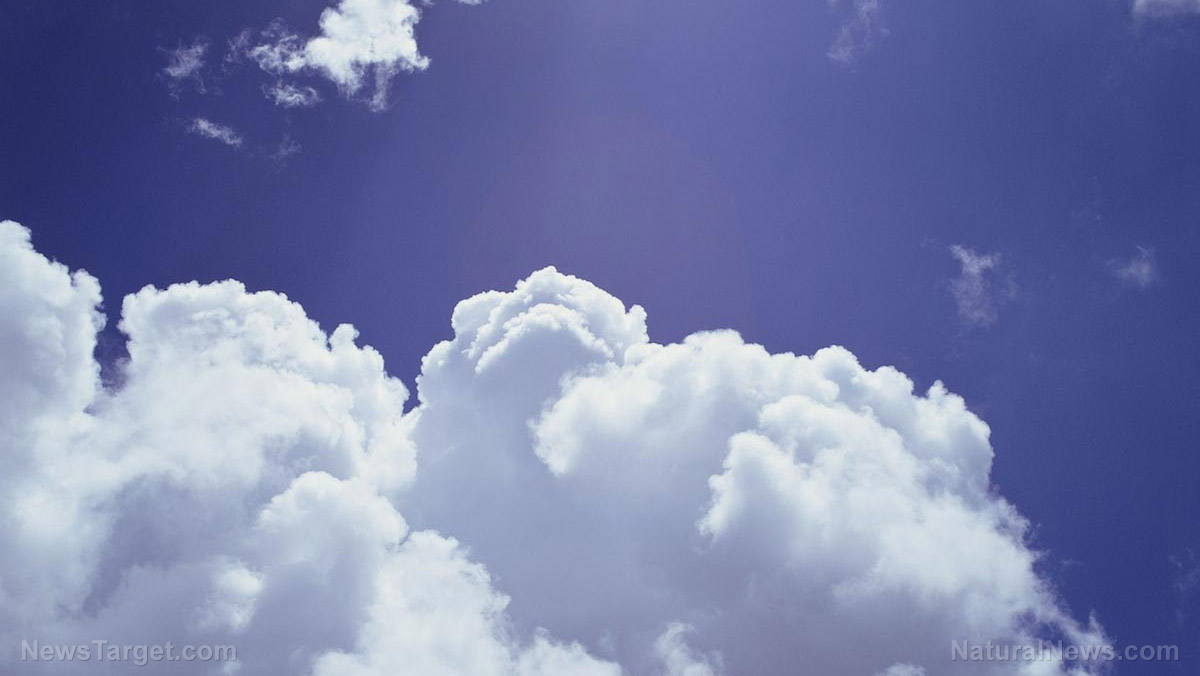
There is no magical solution when it comes to a pandemic. Based on how diseases spread, the likelihood of survival is higher in some states than others.
The best states to live in during a pandemic
Alaska
Alaska has the lowest population density compared to the rest of the United States. Its cities are fairly small, with Anchorage housing over 40 percent of the population -- a grand total of 297,832 individuals.
While a pandemic could spread through the population as well as it could through millions living in the largest cities, some people also live in remote areas where they don't have regular contact with the outside world. This limits their chances of catching deadly diseases. (Related: China is censoring coronavirus critics in the United States.)
Wyoming
Wyoming, like Alaska, has a lot of wide, open spaces. There is also a lot of game, ranching, and farming for your food sources. The biggest part of Wyoming's agriculture is in cattle, but they also grow a lot of grains, hogs, and sheep.
Colorado
Riding out the pandemic in Colorado is also a good idea, the state has a lot of farms and plenty of isolated areas where you can hide and keep away from people for days. This makes the Colorado Rockies a great bug-out area not just from a pandemic, but other disasters as well.
There are also hunting and fishing grounds, although you may end up competing with a lot of other people for the opportunity to hunt and fish.
Texas
Texas may have a large population, but the state itself is also huge, so people are pretty well spread out if you avoid the large cities. What makes Texas particularly attractive is that it is a ranching state. More cattle are raised in Texas than anywhere in the U.S. If you decide to start ranching, this is a good place to start.
The state also has the advantage of having a hotter climate that experiences a lot of sunshine. Viral pandemics like Ebola or the coronavirus spread less easily here as the heat can be deadly to viruses.
Read more about bugging out safely during a pandemic at Preparedness.news.
Sources include:
Please contact us for more information.






















